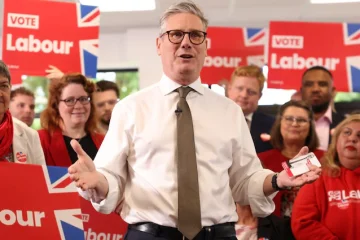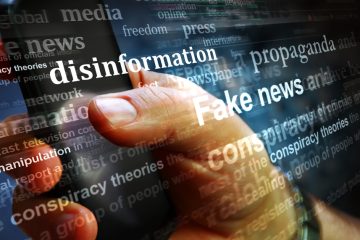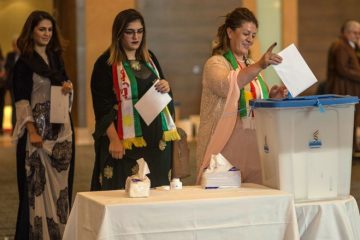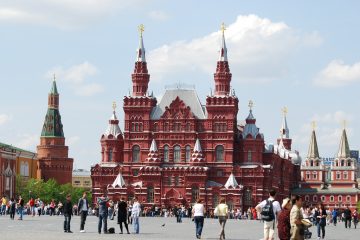
Presidential Proxies: Cloaked Law-making in Contemporary Russia
The Russian newspaper Vedomosti recently reported something that may strike many as rather odd. Drawing on a range of internal sources, the paper claimed that the Russian Presidential Administration was increasingly using members of the Federation Council – the upper chamber of the Federal Assembly, whose members are colloquially referred to as “senators” – to introduce bills into the federal legislature. This use of senators as law-making proxies is puzzling because of the President’s formal law-making powers: According to article 104, section 1 of the Russian Constitution, the President of the Russian Federation has the “power to initiate legislation”. In practice, this means the President has the authority to introduce bills into the State Duma – the lower chamber of the …

Kompromat or not, Russia already has a winner in Trump
By all accounts the relationship between President Donald Trump and the Kremlin holds the makings of a dark, Hollywood thriller. Trump is a US President at war with his own intelligence agencies, whilst denying – only to later admit – Russian interference in the election. Freshly inaugurated, he already faces comparisons to a modern-day Manchurian Candidate, referring to the 1959 novel about a brainwashed president controlled by sinister, external forces. But how fair is this? And do we really know what the Russians are up to? As a political scientist, my research examines the tools of contemporary warfare and influence used by the Kremlin. Thus far I have identified over 40 tools of Russian state power, military and non-military. The …
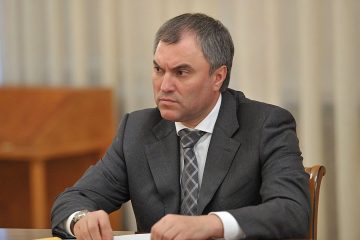
Volodin’s Duma: Do Volodin’s reforms go much beyond symbolic PR?
Vyacheslav Volodin has big plans for the State Duma. Since his October 5 election, the new chairman of the Federal Assembly’s lower chamber has directed a raft of changes aimed, it seems, at improving the Duma’s political stature. These reforms touch on all the core functions of legislatures: representation and linkage; executive oversight and control; and policy-making. The past proliferation of derogatory monikers like “rubber stamp,” “rabid printer,” and legal “conveyor” belt reflect the popular perception that the contemporary Russian federal legislature is an ineffectual institution – a body stuffed with inactive deputies, whose task is simply to distract citizens from real decision-making processes. In August 2016 – the month before parliamentary elections – only 37 percent of respondents to a Levada survey approved of the …

Six things you need to know about the recent Russian parliamentary elections
On Sept. 18, Russians went to the polls to elect the State Duma — the lower chamber of the bicameral Federal Assembly. In an earlier post, I set out what to expect from the vote. In this post, I discuss what to make of the results. The first session of the Duma’s seventh convocation will take place Wednesday. Here are six things you need to know. 1) United Russia, the pro-Putin “party of power,” won a supermajority. United Russia (UR) will take 344 out of 450 Duma seats. UR candidates secured pluralities in 203 of the 225 single-mandate races. The party also received 140 of the 225 positions that were elected via a nationwide contest, in which seats are assigned in proportion …
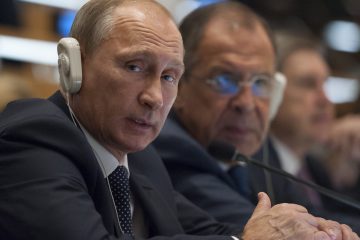
Russians will be voting on Sunday. Here’s what you need to know
Russian voters will elect 450 deputies to Russia’s State Duma on Sunday, in the seventh election for the lower chamber of Russia’s bicameral Federal Assembly since the legislature’s founding in 1993. Large-scale protests followed the last federal parliamentary elections on Dec. 4, 2011, after widespread reports of electoral fraud and rigged elections. Within days, an estimated 50,000 protesters across from the Kremlin were chanting “Russia without Putin.” This year, 14 political parties are taking part in elections that were moved forward from December to September. Observers from the Organization for Security and Cooperation in Europe will monitor the elections, which will return to a mixed electoral system last used in Russia’s 2003 federal elections. Half of the 450 seats will be decided by competitions in regional constituencies, technically known as …

Why Putin Is Escalating Russia’s Military Buildup
On May 4, 2016, Russian Defense Minister Sergey Shoygu announced that Russia planned to form 3 new military divisions to counter NATO’s growing military presence in Eastern Europe. These new military divisions will consist of 10,000 troops deployed on Russia’s southern and western frontiers. In addition, Shoygu pledged to improve military training for Russian troops and upgrade Russia’s military hardware production to combat the “NATO threat.” Moscow’s military buildup has increased fears of an imminent Crimea-style Russian military intervention in the Baltic States. These concerns are likely misplaced, however. Even though Putin’s military modernization efforts after the 2008 Georgian War laid the groundwork for the 2014 annexation of Crimea, there is evidence that Russia’s latest military buildup is primarily for domestic consumption. …
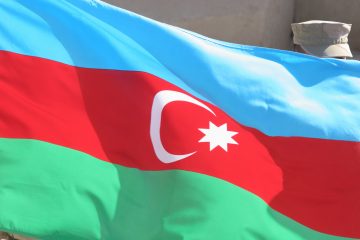
Why The Russia-Azerbaijan Alliance Is Weaker Than It Looks
On August 8, 2016, Russian President Vladimir Putin and Azerbaijani President Ilham Aliyev met in Baku. Shortly after their meeting, Putin announced Russia’s intention to forge a strategic partnership with Azerbaijan. Putin also expressed interest in expanding Russia-Azerbaijan trade links and strengthening Moscow-Baku military cooperation in the Caspian Sea region. As Russia has increased its arms exports to Azerbaijan in recent years, many analysts believe that the Putin-Aliyev summit is a starting point for a consolidated Moscow-Baku alliance. This assessment overestimates the strength of the Russia-Azerbaijan partnership. There is compelling evidence that the much-touted “alliance” between Russia and Azerbaijan is merely a temporary marriage of convenience aimed at maximizing both countries’ geopolitical influence. Even though Azerbaijan has recently upgraded its economic …
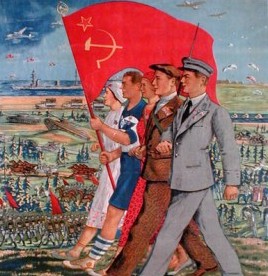
Who cares about Transnistria? Linkage and Leverage: External actors and conflicts in the post-Soviet space
The colour revolutions in Georgia (“Rose” 2003) and Ukraine (“Orange”, 2004) seemed to promise that countries on the North and East of the Black Sea would shake off their “post-Soviet” label and take a firm and unwavering road towards Europe and the US. Perhaps the states of Central Asia would choose a similar route. Russia would have to take a back seat. A resurgent Russia under Putin has destroyed much of this myth, not least because of Russia’s involvement in the de facto states which have arisen from conflicts: South Ossetia and Abkhazia (Georgia), Nagorno-Karabakh (Armenia/Azerbaijan) and Transnistria (Moldova). Russian influence after 200 years of empire runs deep, but local factors also have a bearing; the EU and US have not applied sufficient drive or resources to the region, or to the conflicts, to balance or check Russia.





